As the caterpillar chooses the fairest leaves to lay her eggs on, the priest lays his curse on the fairest joys

As the caterpillar chooses the fairest leaves to lay her eggs on, the priest lays his curse on the fairest joys
William Blake, the renowned English poet, artist, and visionary, often explored themes of innocence and experience, good and evil, and the complexities of human nature in his works. The quote “As the caterpillar chooses the fairest leaves to lay her eggs on, the priest lays his curse on the fairest joys” can be interpreted in the context of Blake’s philosophy and beliefs.In Blake’s view, the caterpillar represents the natural world and its instinctual drive to perpetuate life. The act of choosing the fairest leaves to lay her eggs on symbolizes the cycle of life and the beauty of nature’s processes. However, the priest, as a representative of organized religion and societal norms, is depicted as cursing the fairest joys. This can be seen as a commentary on the restrictive and oppressive nature of institutionalized religion and its tendency to condemn or suppress natural desires and pleasures.
For Blake, the priest’s curse on the fairest joys may represent the suppression of individual freedom, creativity, and joy in the name of moral righteousness or societal conformity. He believed that true spirituality and enlightenment could only be achieved through personal experience and inner exploration, rather than through adherence to external rules and dogma.

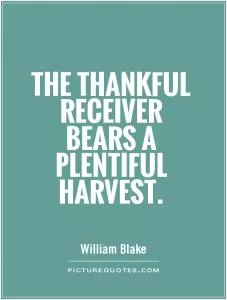

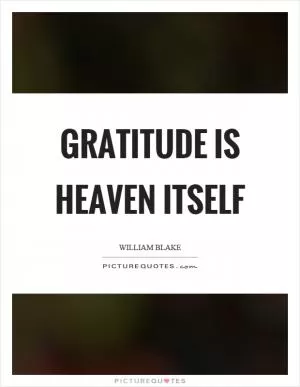


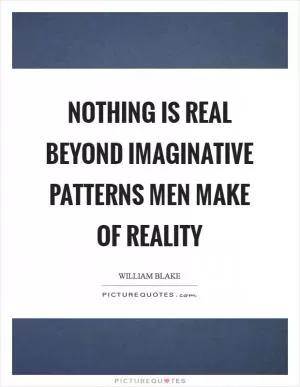
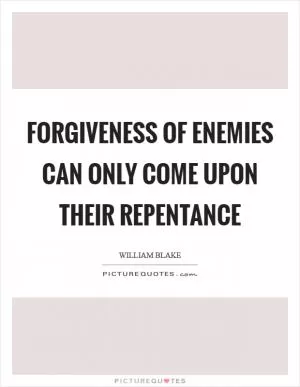
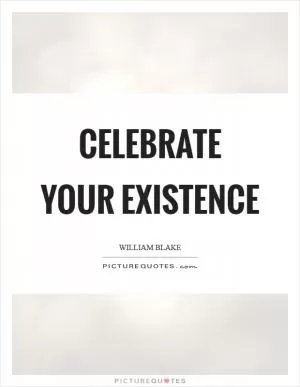
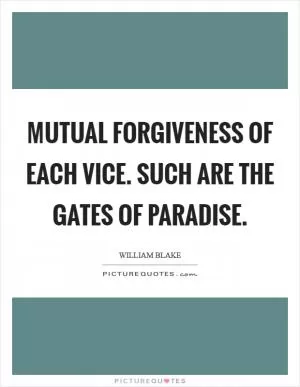


 Friendship Quotes
Friendship Quotes Love Quotes
Love Quotes Life Quotes
Life Quotes Funny Quotes
Funny Quotes Motivational Quotes
Motivational Quotes Inspirational Quotes
Inspirational Quotes